With one of the most horrific opening sequences in any game that I’ve played, Visage sets out its stall early on. This is a game designed to shock and scare you to your very core — especially if you have the stomach to play it for long periods in a darkened room. To get the full experience however, you’ll have to persevere with some of the worst controls I’ve encountered in a walking sim.
When Visage begins, we don’t know who we are or what we’re doing. We just know what we’ve seen — and seemingly what we’ve done. We’re then set loose in a sprawling and cavernous house that seems to defy normal architectural convention with its attics, cellars, secret walls and jack-and-jill bathrooms, whilst at the same being just about memorable to give you a slight advantage.

Why you ask, would I need to remember where I’m going, given that most walking simulators involve bimbling along a set path? Well, Visage is no ordinary ‘walking simulator’. This is a game in which you might be expected to search a pitch black room inhabited by a malevolent spirit with nothing more than a zippo lighter and an ever narrower grip on reality for company.
Enemies in Visage are pretty much certain to kill you unless you can run and hide from them, but the game keeps us guessing by presenting them in different ways, without ever really announcing it. Sometimes, you might just catch a glimpse of something before it rapidly flies off screen with a shriek. On another occasion, you might seek an apparition sitting — perhaps even playing.
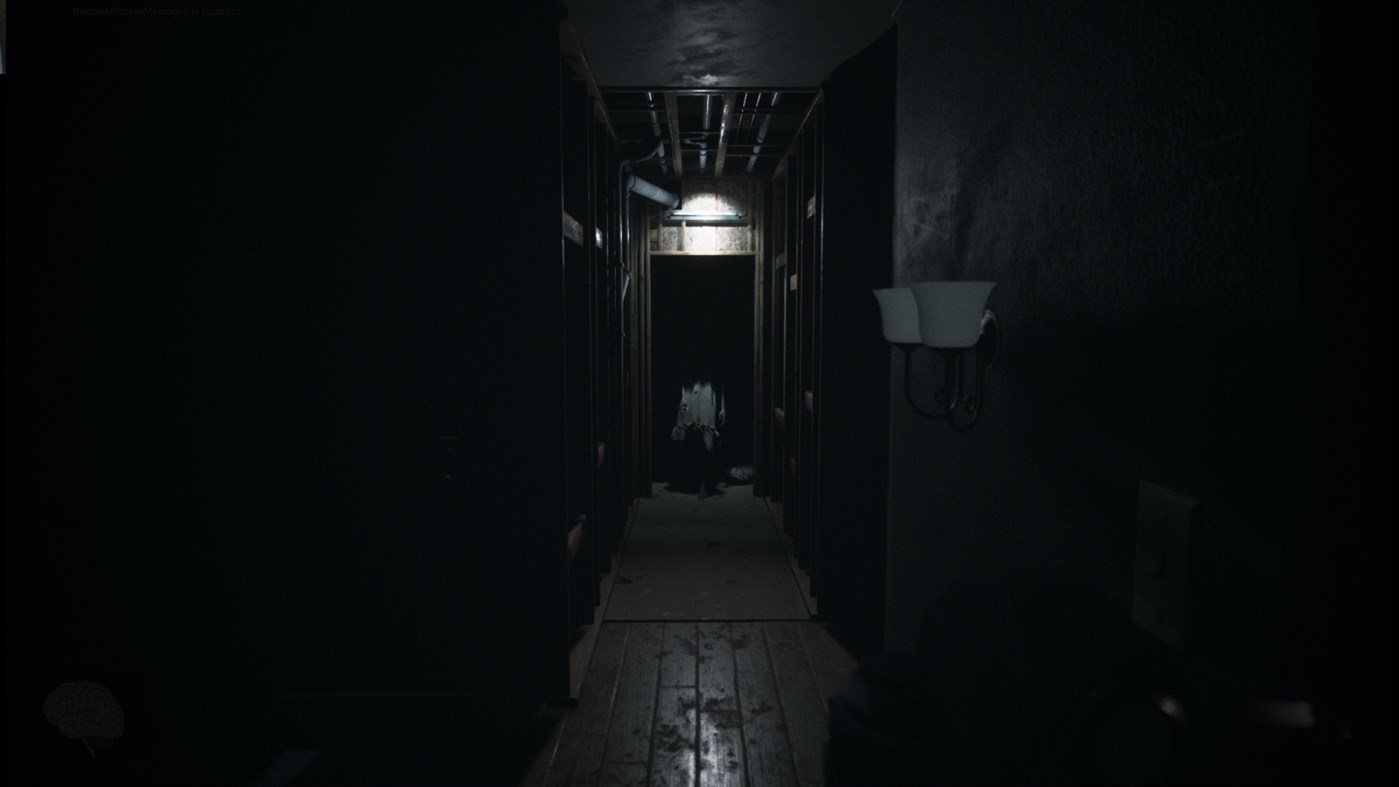
Any encounter like this, which is effectively benign (albeit often frightening, or at least creepy) will tend to signpost a more threatening encounter, in which the creature(s) can most certainly kill you. There are many occasions in Visage where you’ll be creeping around a room or some part of the house, frantically searching for something whilst being stalked.
Visage uses sound to create tension better than almost any other game I’ve played, with moans, rattling, scrapes and footsteps all seeming to move closer and closer to heighten player panic – only to then disappear completely. The effect is that sometimes in Visage, there’s something tangible out to get you, and sometimes, it’s all in your imagination.
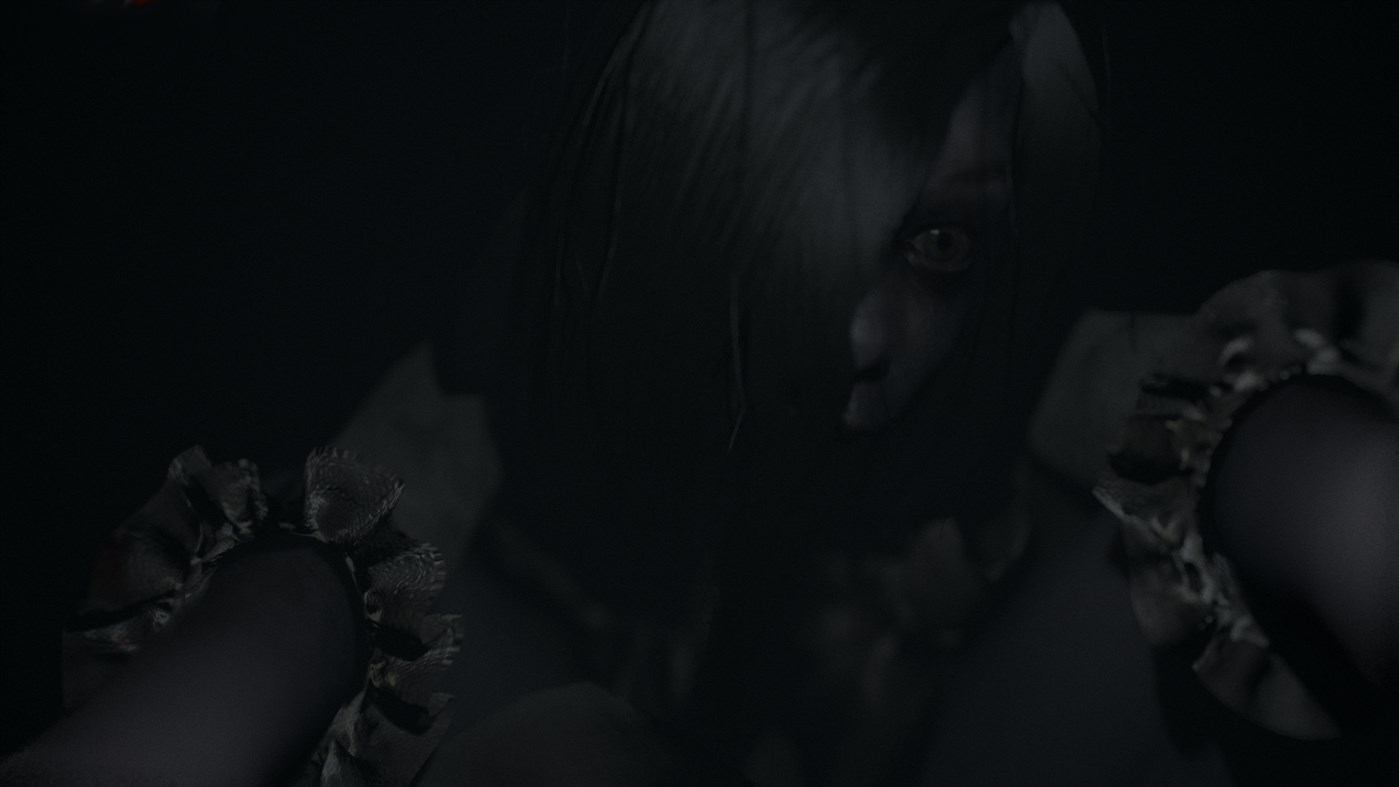
Visage uses a number of other, more technical tricks to confuse and disorient the player, whilst making good use of the space that the house it is set in presents. First and foremost, the house acts like a “hub” between chapters, with each chapter telling a tale associated with one named character — presumably a member of the family who lives (or lived) here.
What this means in real terms is that each time a chapter is chosen (by selecting an item in the game world) the house is set up (invisibly to the player) to allow that chapter to be acted out. This means that whilst many elements of the house remain consistent across one or more chapters, other elements will change — endless or secret rooms will appear, locked cells will replace cubby holes and so on.
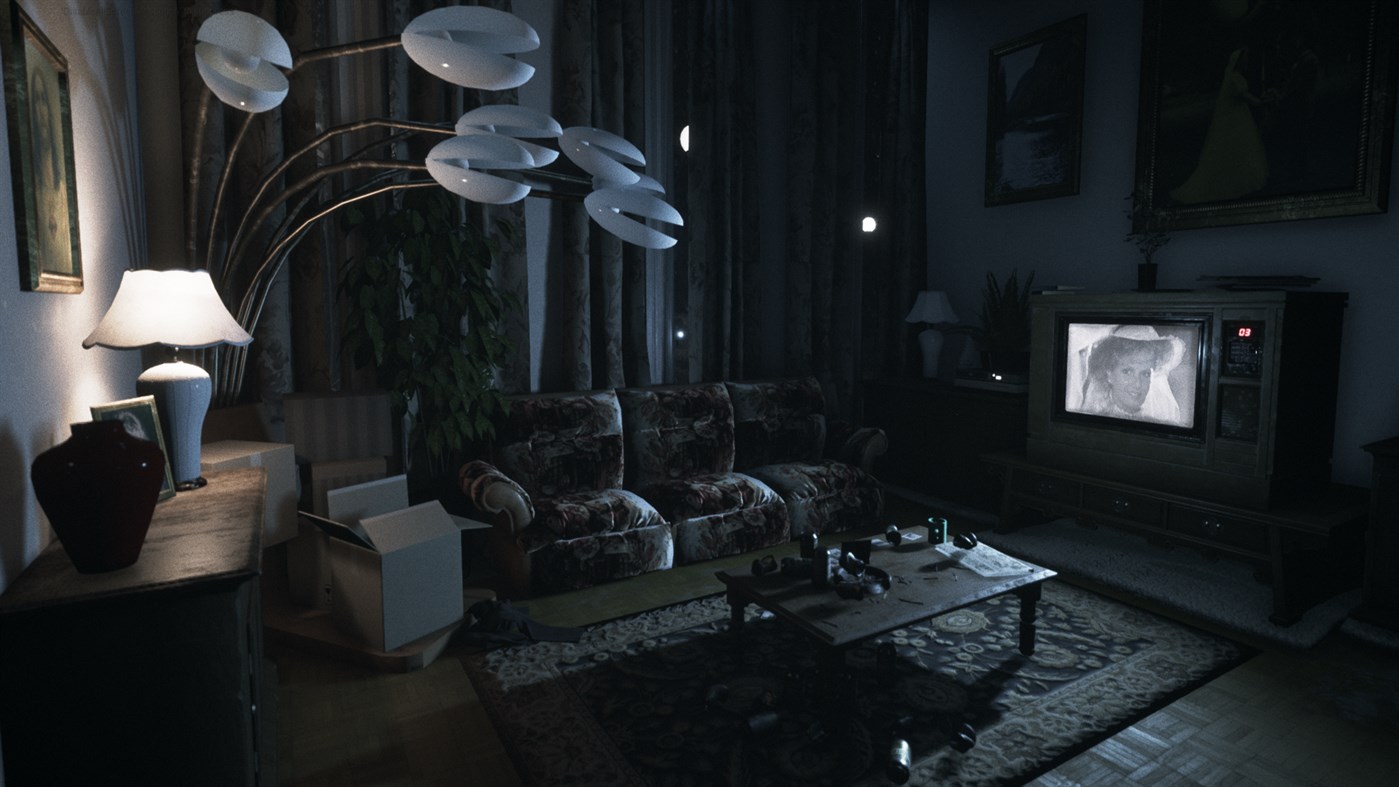
This has the effect of making players feel like they are becoming familiar with the setting, only to then change it at the worst possible moment — like when being chased by something terrifying. It’s a neat trick, especially in a game which makes up a lot of its playtime by asking the player to solve puzzles as mundane as collecting keys, because it never feels like it’s mundane – partly due to the horrors in the house, and partly because of how the house changes in unexpected ways.
In addition, Visage has a darkness mechanic that effectively forces the player to keep moving. In short, when the player is in darkness, they will become increasingly unstable until eventually, the darkness itself will kill them. Being less stable has other effects that I won’t spoil here, but needless to say you will want to get to the next light source quickly. Easier said than done when you’re in a chapter where the light switches have vanished.
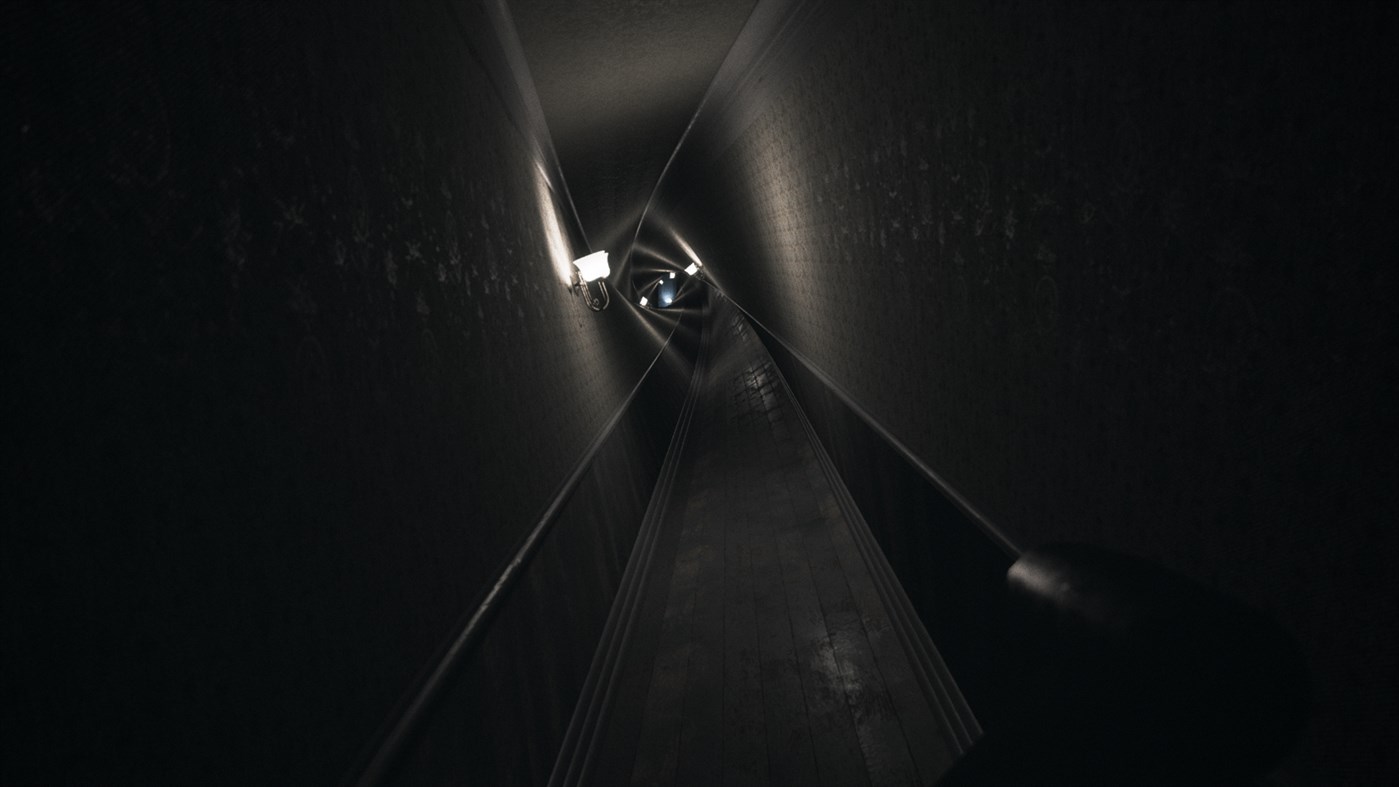
So far, so good, right? Visage is a genuinely frightening, disorientating game that both builds tension and delivers convincing jump scares in equal measure. The one thing that truly is a negative for Visage is the controls. The usual walking simulator fare applies in the main – our character is slow, ponderous and prone to snagging on scenery, and the right trigger is used to “interact” with the environment.
Interactions are annoying, frankly. Desks and doors open when the button is pressed, with doors opening at different speeds depending on how you manipulate the movement stick whilst holding the trigger. Desks (and similar) open immediately, but peering into them is a pain, as is picking things out of them. There are a number of secrets lying around in the form of Matryoshka dolls, and these can be located in places that are an absolute nightmare to reach — not because you’re not in the right place, but because the controls don’t really allow for fine manipulation.
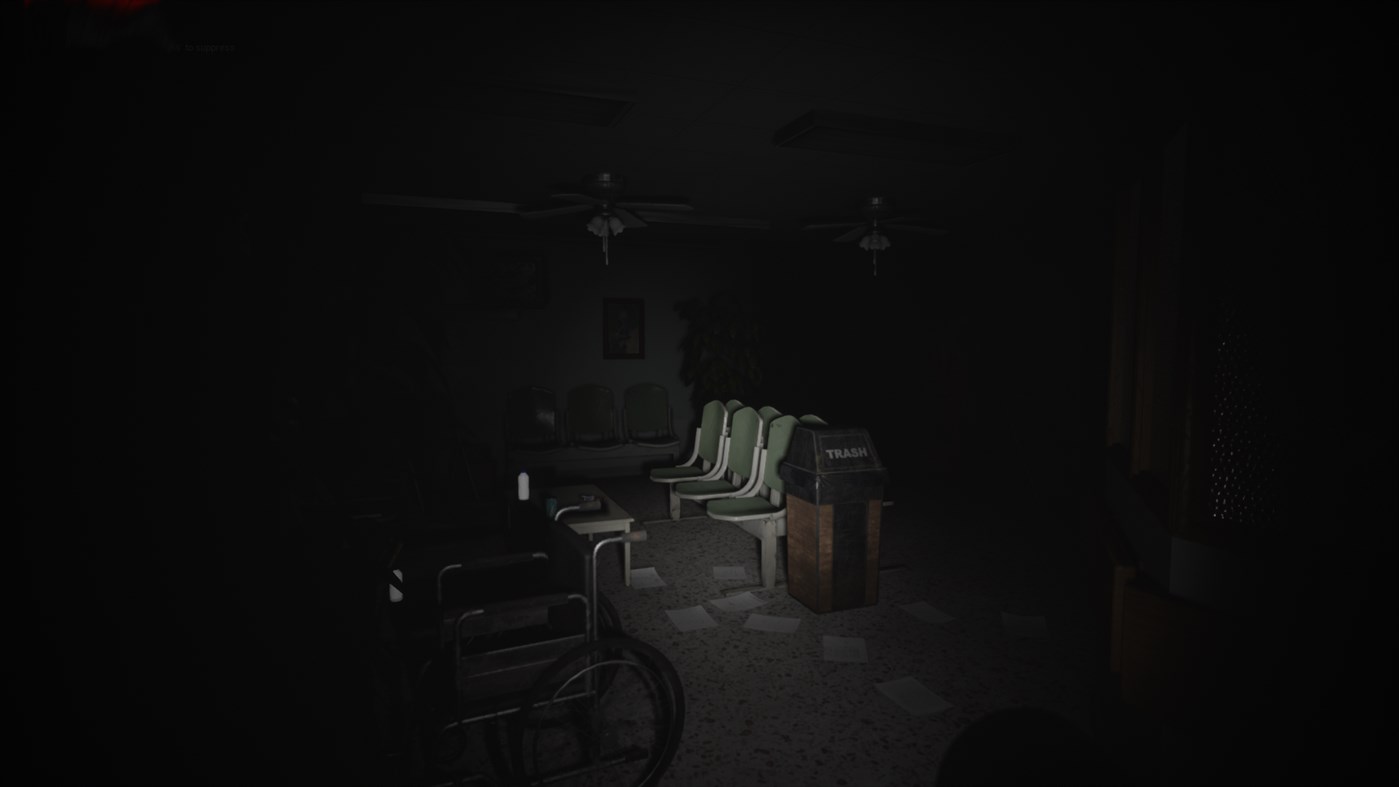
Worse than these “normal” walking simulator issues are the absolutely bonkers “hand” controls in Visage. In this case, the player has a sort of inventory that holds up to five items, and can also hold two more in their hands. These items include a camera (used for its flash), a lighter, or some pills that improve your mental stability. The left and right hand items can be used by holding either bumper (which is just as sluggish as moving) whilst swapping items is fairly easy.
Aside from being slow, the problems arise when manipulating things in the world. Candles, for example, can be picked up and placed in holders to create a permanent light source. The small inventory makes this a bit of a fiddle to manage, but doing something in the game world like lighting a candle is just massively frustrating and it took me about three hours of in-game time to figure out. I realise the slow movement is part of the survival horror genre, but Visage feels as if it doesn’t need that kind of trick to be effective.
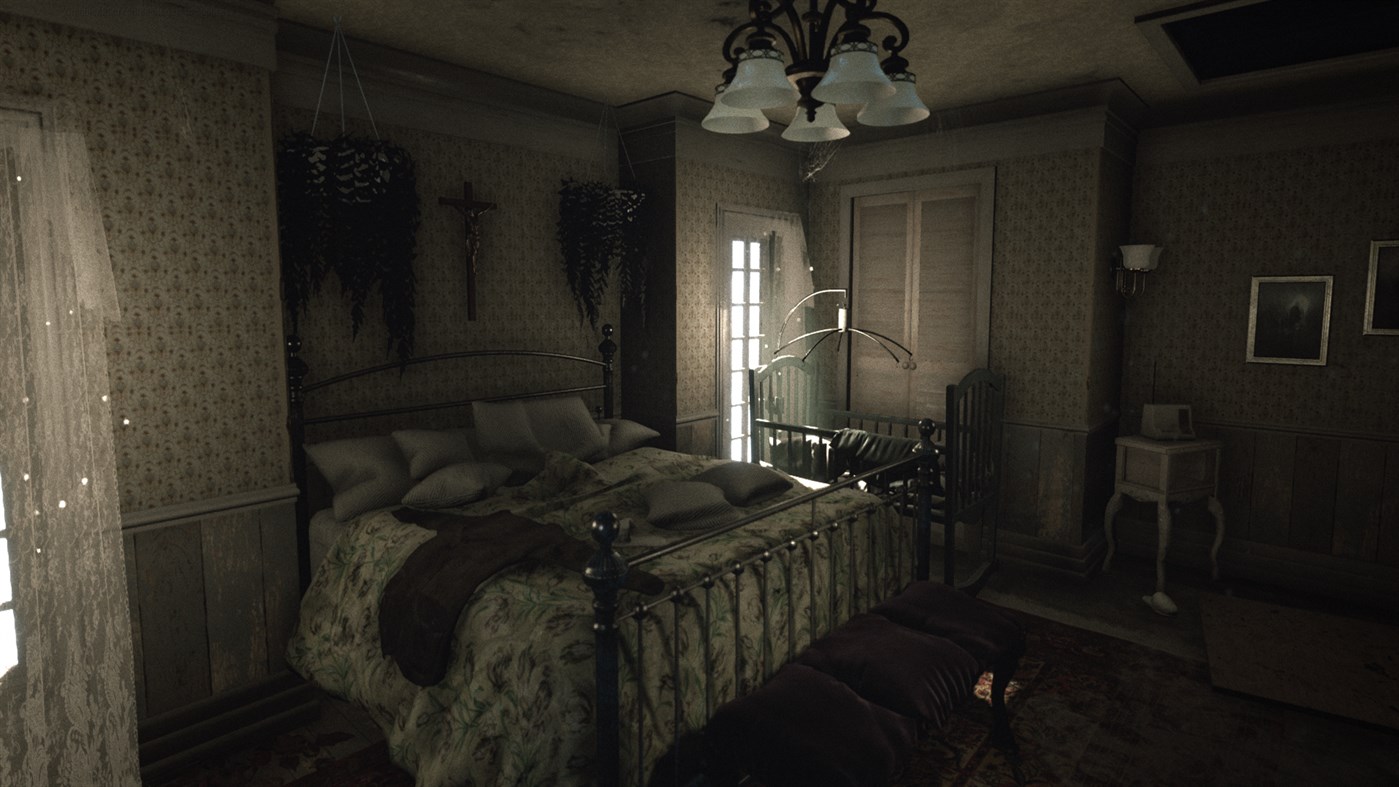
Ultimately, I find myself having to concede that Visage was genuinely scary from time to time, and in fact it might just be the scariest video game I’ve ever played. If I think back to say Amnesia, which was the first game I played and felt truly helpless in, I can’t say anything since then has been as affecting as Visage. The settings have the same level of polish and variability as Layers of Fear, and the tension builds even more effectively, but the real knockout for Visage is the effects it puts around its frightening ghouls and the way it uses jump scares to maximum effect. I think it’s the leading game in this genre, and the one by which others need to set their standard going forwards.
You can find Visage on PC, Xbox One and PS4.
Enjoy horror games? Check out our list of great free Horror games that you can play right now.